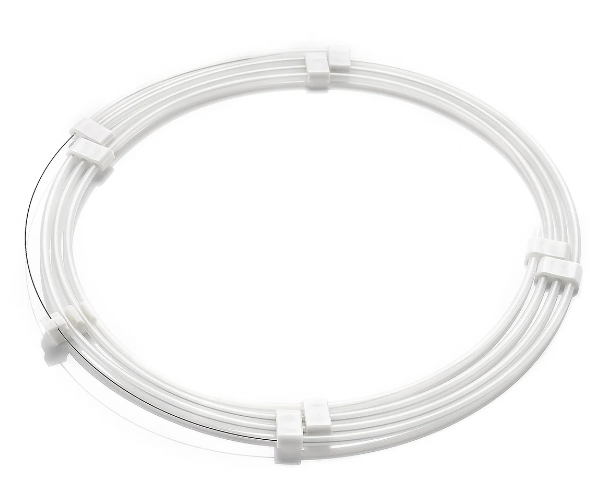We'd Love to Hear From You
Curious about product features, price quote, registration, delivery time, etc? We're ready to answer any and all questions within one business day.
PTCA (percutaneous transluminal coronary angioplasty) guide wires are medical devices used during cardiac catheterization procedures to access and treat blocked coronary arteries. These guide wires are thin, flexible stainless steel or nitinol wires and come in various lengths, diameters, and shapes.
PTCA guide wires have evolved to incorporate improved torque control, increased flexibility, and better visualization under fluoroscopy. These features help physicians navigate complex and tortuous coronary arteries, increasing the procedure's success rate and reducing the risk of complications.
This comprehensive guide will discuss the different types of PTCA guide wires and the factors to consider when selecting the right guide wire for your needs.
Several types of PTCA guide wires are available, each with unique features and properties.
The simplest and most affordable type of guide wire is bare metal guide wire. Stainless steel is the major material in forming bare metal guide wire and has a straight tip. Bare metal guide wires are usually used in simple PTCA procedures.

Coated guide wires have a layer of hydrophilic or hydrophobic material to reduce friction during the procedure. These guide wires are usually more expensive than bare metal but are easier to manipulate through the blood vessels.
These guide wires are made of a shape-memory alloy, allowing them to be bent into various shapes to navigate tight blood vessels. Shapeable guide wires are commonly used in complex PTCA procedures.
Several specialty guide wires are available for specific procedures, such as chronic total occlusion (CTO) guide wires, designed to navigate through completely blocked arteries.
When selecting a PTCA guide wire, there are several factors to consider, including:
The diameter of the guide wire should be matched to the size of the artery being treated. Using a guide wire that is too thick can damage the artery, while using a guide wire that is too thin may not provide enough support for the catheter.
The guide wire should be long enough to reach the blockage but not so long that it becomes difficult to manipulate through the blood vessels.
The tip shape of the guide wire should match the type of blockage being treated. For example, a straight tip is suitable for a simple blockage, while a J-shaped tip is better for navigating tight curves.
The coating on the guide wire should be chosen based on the operator's preference and the complexity of the procedure.
The stiffness of the guide wire should be matched to the artery being treated. Using a guide wire that is too stiff can cause injury, while using a guide wire that is too flexible may not provide enough support.
The brand and price of the guide wire should be considered but not prioritized over the quality and suitability of the guide wire for the specific procedure.
In short, consult your healthcare provider for more information on which PTCA guide wire best suits your needs. Contact us and discuss with our experts to order PTCA Guide Wires whenever you want to get quality.